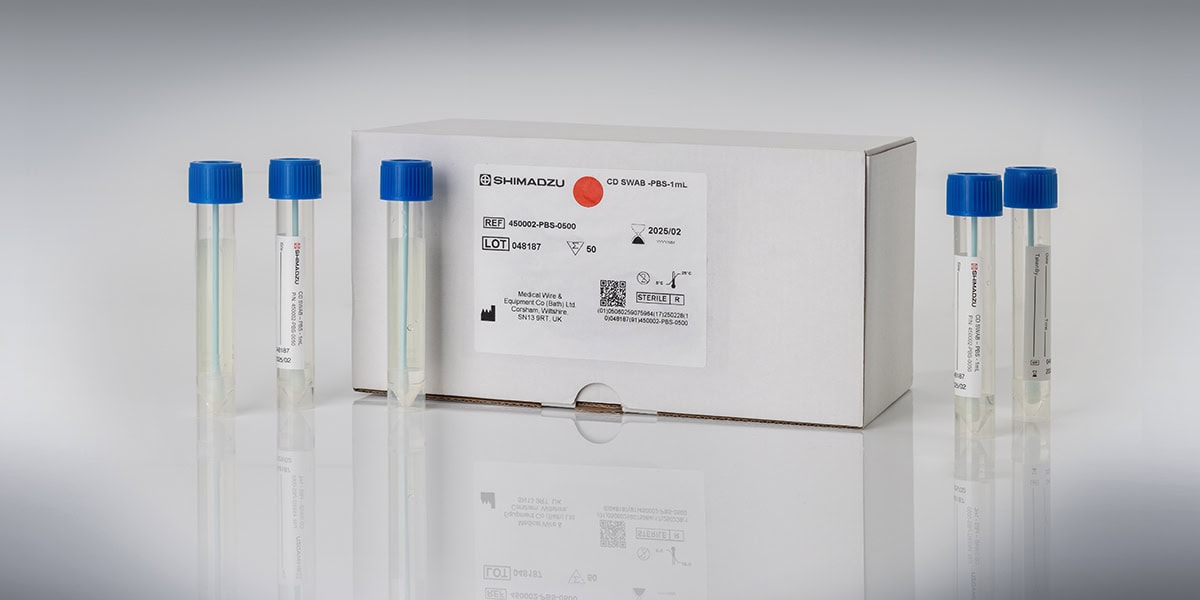
Recent news in Food & Feed Analysis
- Home
- /
- Technologies
- /
- Study: Salmonella causes damage...
Study: Salmonella causes damage worth billions of euros

Salmonella are rod-shaped bacteria that cause infections in the gastrointestinal tract in humans and animals and can often be fatal. The treatment of salmonella has become a billion-dollar industry in many countries around the world. A new study from Hungary now provides surprising figures on how high these really are. Salmonella: these bacteria always seem to be in the headlines. For example, on October 29, 2021, one medical journal reported, “In five European countries (EU/EEA), at least 121 people have been infected in the last three years by consuming products containing sesame seeds from Syria that were contaminated with salmonella.”
The article continues: “These contaminated products were tested and recalled. For many people, however, it was already too late: some of the sick, among them children, had to seek hospital treatment.
How is salmonella transmitted?
Salmonella belongs to the group of food-borne infections (zoonoses). It lives in the gastrointestinal tract of animals (which suffer no ill effects), and then enters the human body via consumption of animal products, such as meat, eggs or dairy products, that have been contaminated with animal feces. Processed products such as salami, mayonnaise or tiramisu can also be contaminated. Transmission via drinking water and from person to person is infrequent. However, since salmonellae bacteria are also viable outside the body for weeks, poor hygiene during processing (no hand washing) and transmission via cutting boards and knives, for example, can also be the reason for infection.
Symptoms of salmonella infection include: diarrhea, fever, stomach cramps, intermittent nausea, vomiting, bloody diarrhea and headache. If the pathogen enters the bloodstream, the infection can even be fatal.
New study from Hungary: Official figures grossly misrepresent actual salmonella incidences
Salmonella is a threat worldwide and authorities are collecting data on how grave it really is. A new study out of Hungary (September 2021) has analyzed the “Impact of foodborne salmonellosis on consumer health in Hungary”.
The number of salmonella infections in Hungary surpassed 90,000 per year – 18 times higher than the official figures.
How significant are the direct and indirect costs of salmonella? In assessing this question, the study included direct medical treatment (home, hospital) and indirect costs such as those arising due to changes in consumer behavior or work absences.
How much would you pay to prevent a salmonella infection?
Hungarian consumers were also asked how much they would pay to avoid infection (willingness-to-pay (WTP) analysis).
For the WTP analysis, 456 quantifiable responses were evaluated. The results showed that the average WTP of consumers for avoiding salmonella infection was €86.3.
Taking into account the confirmed salmonella incidences in 2015 and the 18-fold multiplier calculated in the study, the damage to the health of consumers in Hungary was estimated at 7.87 million euros annually.
Costs are also high in the USA and the EU
It is not only in Hungary that authorities collect data to record the economic damage caused by salmonella. The Economic Research Service (ERS) of the USDA (US Department of Agriculture) estimates that salmonella infections from all sources cost Americans $2.65 billion per year. This figure is based on the Centers for Disease Control and Prevention (CDC) estimate of nearly 1.4 million Salmonella cases from all sources annually, including 415 deaths. The estimated average cost per case is $1,896.
In the European Union, more than 350,000 human cases of zoonoses are reported each year, but the actual number is likely to be even higher. The European Food Safety Authority (EFSA) estimates that salmonella in humans could cost the economy up to €3 billion a year in total.
Seamless testing protects people
Testing for salmonella throughout the production chain is strongly recommended to detect contamination. Previous tests involved cultivation on a culture medium, but this does not provide rapid results.
Real-time PCR (as well as the antibody-based ELISA test) are significantly faster: they only require an incubation of 18 hours ± 2 hours in buffered peptone water (BPW). The specific detection for Salmonella spp. or as a Multipex kit for Salmonella enteritidis and Salmonella typhimurium can be connected directly and takes about 2 hours depending on the sample amount. Therefore, real-time PCR, which is significantly faster and also highly sensitive, specific and automatable, is rapidly becoming the standard. R-Biopharm offers you such suitable tests.
But consumers can also protect themselves from salmonella infection. Food that may be contaminated with salmonella, such as minced meat, should be stored in the refrigerator, used up quickly and heated thoroughly during cooking. Other methods for preventing infection are summarized here.


